I was just curious if the effect inductance of a branch of a circuit would cancel if you put two identical but oppositely wound inductors in series. It's not something I have come across.But looking at the change in signs I imagine this to be the case. Someone mentioned it to me regarding wound resistors in a circuits, and splitting them into 2 resistors in series, with opposite winding to reduce/attempt to cancel the inductance.
I have also recently needed to place several surface mount inductors in series, and I have no way of identifying which end is which, or the winding directions. They are not all the same make or model.And I have had difficulty measuring their inductance.
